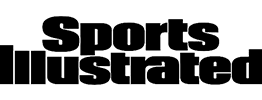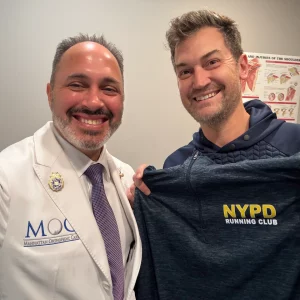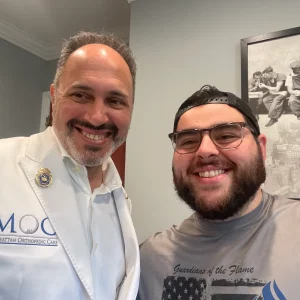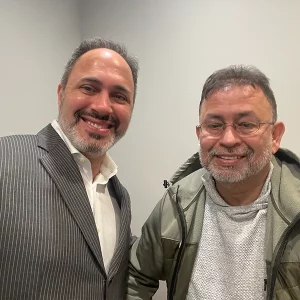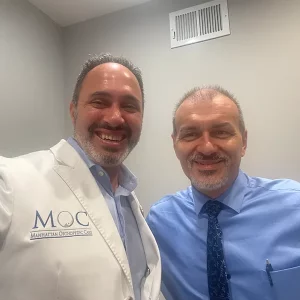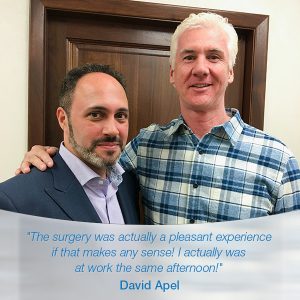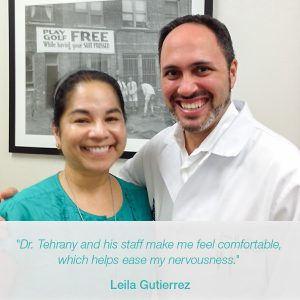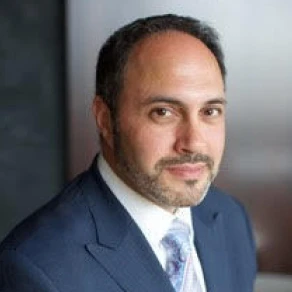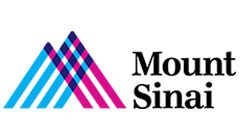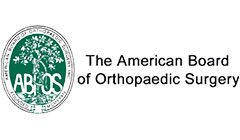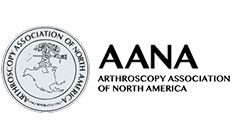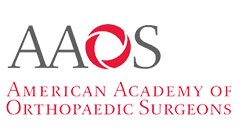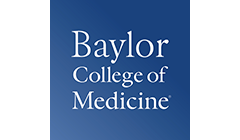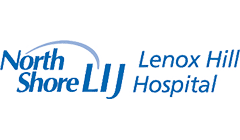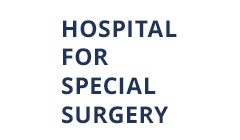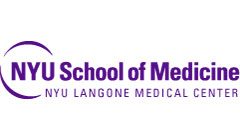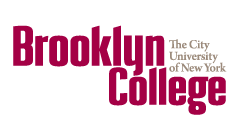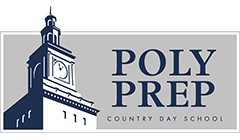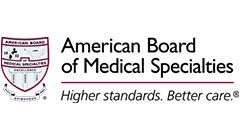The American Journal Of Orthopedics is a magazine with a primary goal of providing timely, practical, and readable technical information of the highest caliber to orthopedic doctors and surgeons involved in the everyday practice of orthopedics. Being the primary source to many people for various orthopedic information, the magazine strives to serve technical and expert content using a communication style that is accessible to a wide audience.
The magazine is dedicated to providing the readers with a variety of orthopedic topics, including surgical procedures, diagnosis, conditions and treatments, sports medicine, recovery and rehabilitation, and much more.
In June 2005, Dr. Armin Tehrany was featured as one of the contributors to the article 5 Points On Rotator Cuff Repair.
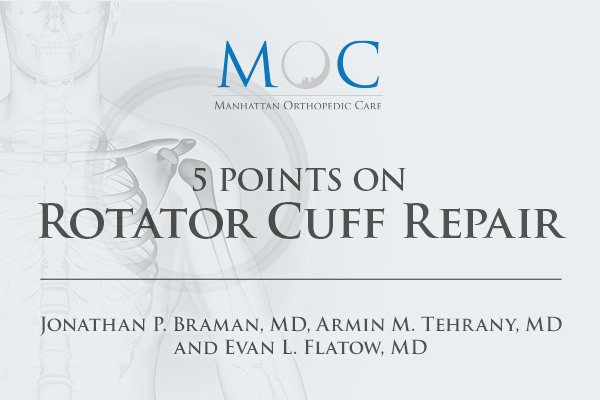
For this editorial, Dr. Armin Tehrany, one of the top New York shoulder and knee doctors, partnered with Jonathan P. Braman, M.D. and Even L. Flatow at the Mount Sinai School of Medicine in Manhattan.
This article highlights the rotator cuff tear symptoms and shares details about the rotator cuff surgery process. For people who fear the shoulder procedures, this article is a perfect read due to the informative and educational content. Moreover, it serves as an excellent resource for those who are suffering from rotator cuff tears and are seeking medical attention to heal.
Interested to see what’s in the article? Here is the intro:
5 Points of Rotator Cuff Repair:
- Subacromial Decompression – Subacromial decompression is a standard treatment in repair rotator cuff repair, whether it is an arthroscopic shoulder surgery or an open shoulder procedure. This removes any impingement that may be contributing to pain and creates space to accommodate the suture knots and tail…
- Pattern recognition – Rotator cuff repair begins with a careful evaluation of the tear pattern: size, shape, and tissue quality. Predicting the size of a supraspinatus tear may be difficult on physical examination, since splinting from pain can simulate weakness…
- Releases – During rotator cuff repair, regardless of technique, it is important to release the capsular and bursal contractures adequately in order to allow mobilization of the cuff tissue. This step allows restoration of the normal mechanical orientation of the repaired muscles…
- Tendon Repair – Absorbable suture anchors have gained significant popularity and are preferred by the senior author (ELF) for their radiolucency and the fact that resorption facilitates revision, should revision be necessary. The junior author (AMT), on the other hand, prefers metal anchors for ease of use, decreased expense, and lack of reactivity in the bone…
- Rehabilitation – No matter how well the cuff is repaired, the most critical aspect of repair is rehabilitation. Even perfectly reconstructed anatomy requires time to heal in a protected environment. As discussed, every tear is individual and thus will require different rehabilitation goals and requirements…
The complete article is available for download here.












